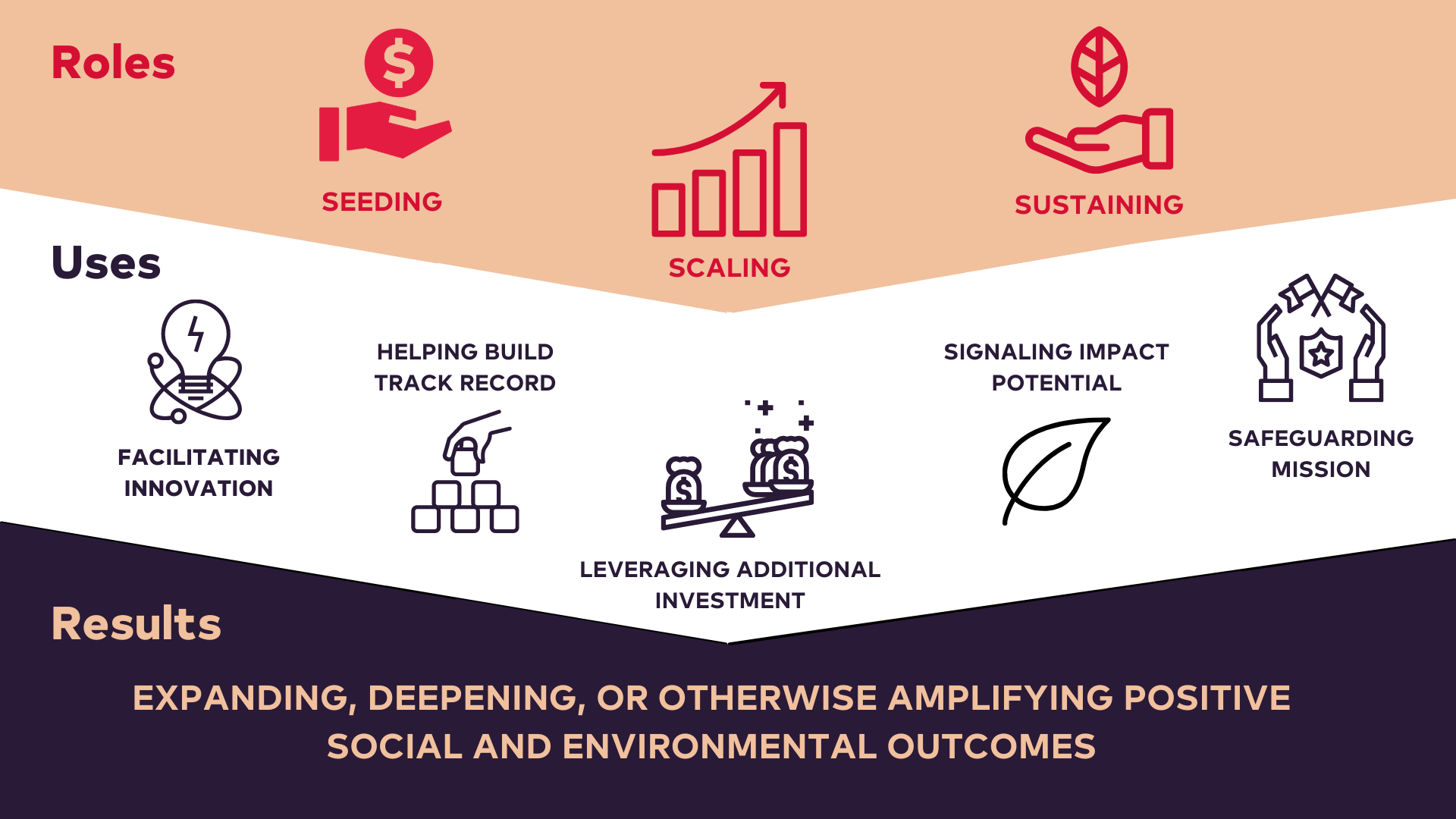by Ladé Araba, Managing Director Africa, Convergence Blended Finance and Stéphanie Émond, Chief Impact Officer, FinDev Canada. Originally published in the October 2021 edition of Au Courant journal by Global affairs Canada.
The COVID-19 pandemic has wreaked havoc on global development. Since the pandemic, the annual funding gap to achieve the Sustainable Development Goals (SDGs) has risen from an estimated $2.5 trillion to a staggering $US4.2 trillion, while official development assistance budgets have contracted. It has never been more urgent to catalyze private investment at scale towards creating a climate resilient, gender inclusive, and economically sustainable world.
The capital is there. The OECD reports that $379 trillion in global financing exists. Investors increasingly recognize the importance of sustainable investing, with many signing the United Nations’ Principles for Responsible Investing and the Operating Principles for Impact Management. However, they struggle to find a pipeline of appropriate investment opportunities in emerging markets.
Blended finance is a way to draw this private capital in. Convergence, the global network for blended finance, has defined blended finance as the use of catalytic capital (loans, equity, guarantees and other investments that accept disproportionate risk or reduced returns to generate positive impact) from public and philanthropic sources to attract private investment at scale, toward achieving the SDGs in developing countries. Shifting some of the risks of an investment to donors, multilateral development banks, development finance institutions (DFIs), and philanthropic foundations make it possible for the private sector to invest in transactions that they normally would not undertake.
One such example is Climate Investor One, a US$850 million blended finance facility for renewable energy projects, whose investors include FinDev Canada and the Inter-American Development Bank’s Canadian Climate Fund for the Americas. Climate Investor One has a unique structure that allows financing of stages of a project’s lifecycle according to risk/ return appetites of different types of capital. Donors provide concessional loans and technical assistance for project preparation as well as partial (‘first loss’) insurance protection. DFIs and banks provide equity for the construction phases of projects, and institutional investors come in at the operational stage on fully commercial terms.
How catalytic capital mobilizes private investment

Convergence has documented over 600 blended finance deals that have mobilized more than US$160 billion towards sustainable development. Many innovative structures are emerging to address persistent market gaps and structural barriers such as high risks perceived and real, or low returns relative to comparable investments. These innovative responses include the Energy Entrepreneurs Growth Fund launched by Shell Foundation, the Dutch entrepreneurial development bank (FMO), and the Ilu Women’s Empowerment Fund, managed by Canadian impact firm Deetken Impact.
The recent launch of 2X Canada, a gender lens financing facility managed by FinDev Canada and supported by Global Affairs Canada, enhances Canada’s capabilities to catalyze more investments towards advancing gender and climate goals and contribute to a more inclusive and sustainable world.
Case study:
Climate Investor One (CIO) is an $850 million blended vehicle designed to accelerate the development, construction, and implementation of renewable energy infrastructure projects in emerging markets. Comprised of three inter-linked investment funds, CIO provides fit-for-purpose financing across the project finance lifecycle. The Fund aims to support ~30 projects over its 15-year investment term and will target a variety of renewable energy technologies.
